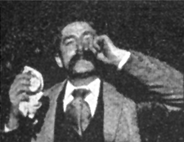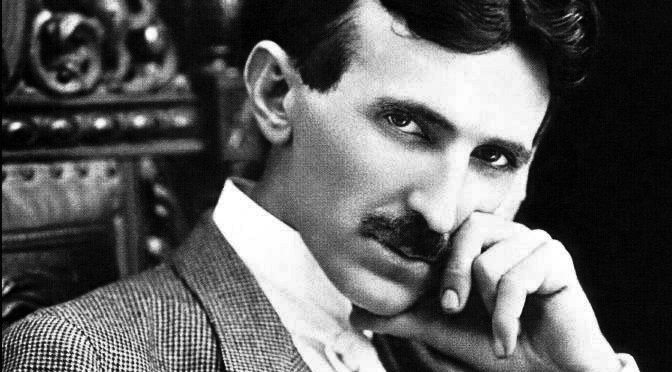
From antiquity to the present day, everyone from philosophers to scientists to spinners of yarns have claimed that stars can be seen during broad daylight, provided you look at them from the bottoms of mine shafts, tall chimneys, coal pits or cisterns. Folk tales have also described people spotting distant suns in light reflected in dark lake bottoms or deep wells.
Is there any truth to these tales, or are these well-wishers merely moonstruck?



